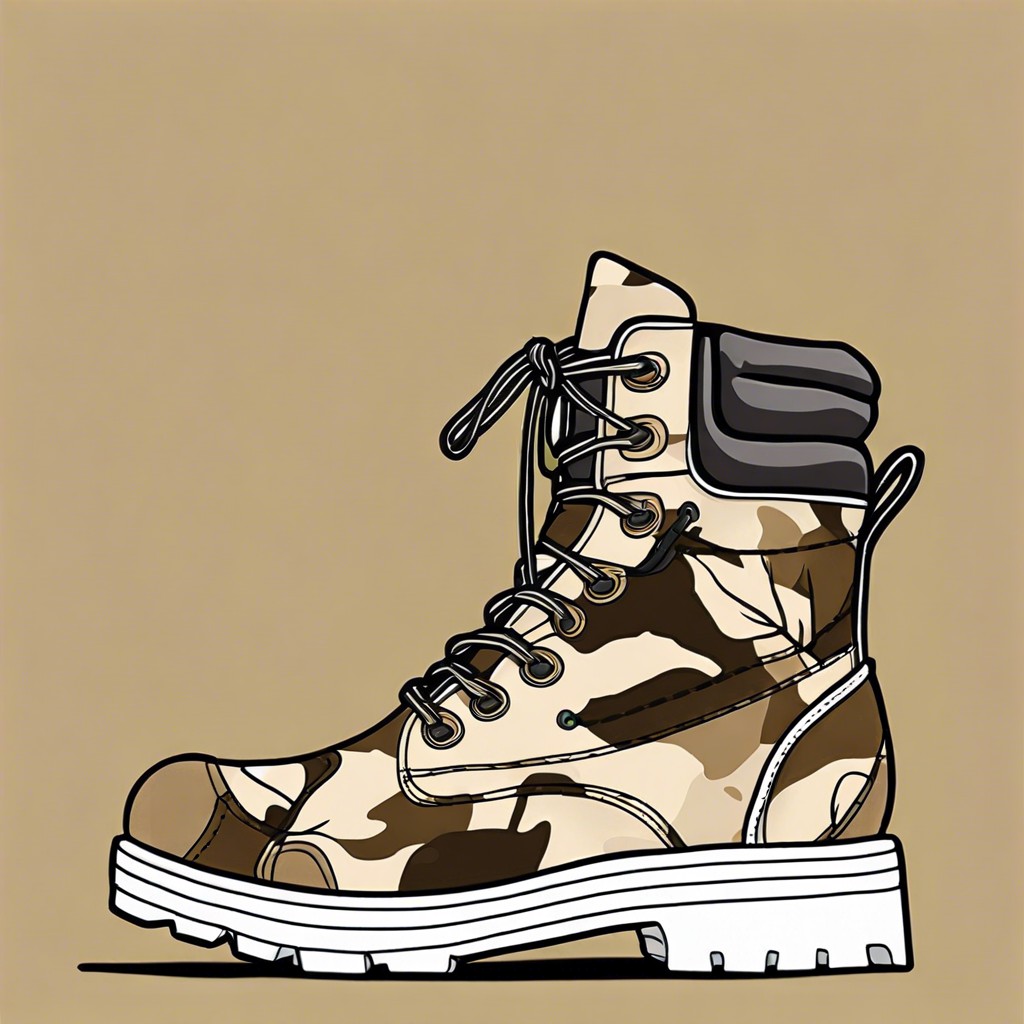Learn how to draw a realistic eye with step-by-step tips and unique techniques to bring your art to life.
Study Close-up Photos of Eyes
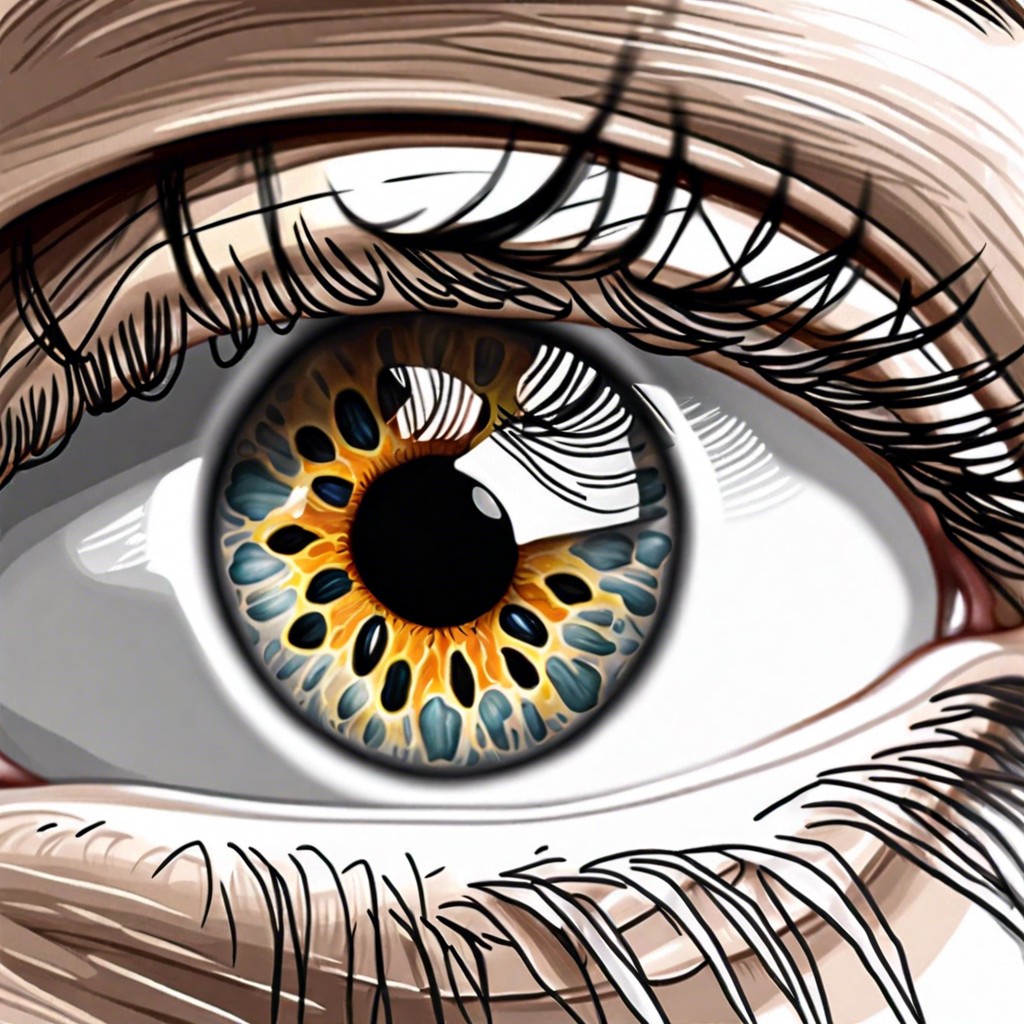
Analyze the intricate details and structure of eyes up close to enhance your drawing skills.
Analyze Eye Anatomy Diagrams
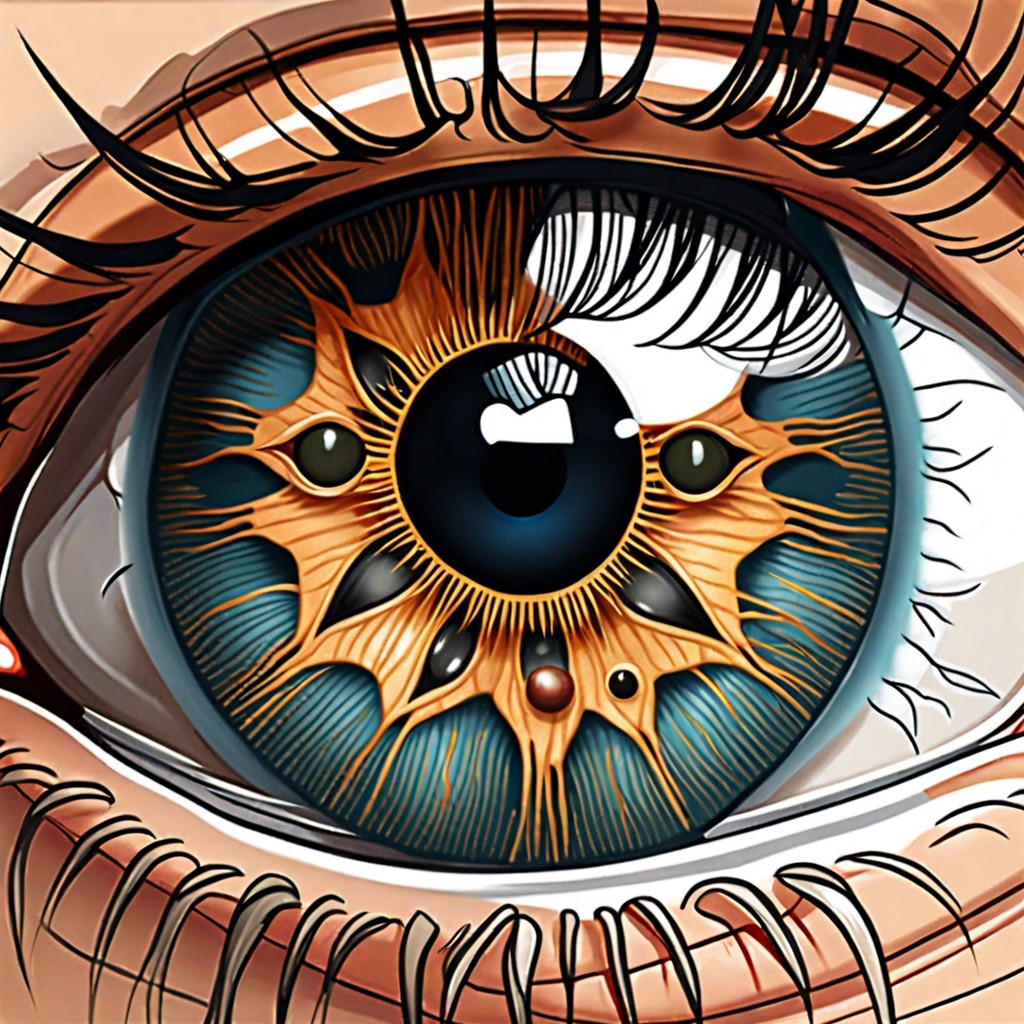
Analyze eye anatomy diagrams to understand the structure and proportions of the eye, aiding in creating realistic representations in your drawings.
Practice Drawing Different Eye Shapes

As you practice drawing different eye shapes, you develop versatility in your artwork, enhancing your ability to capture various emotions and characters.
Experiment With Various Shading Techniques

Explore using cross-hatching and stippling to add depth and dimension to your eye drawings.
Use a Grid Method for Proportions
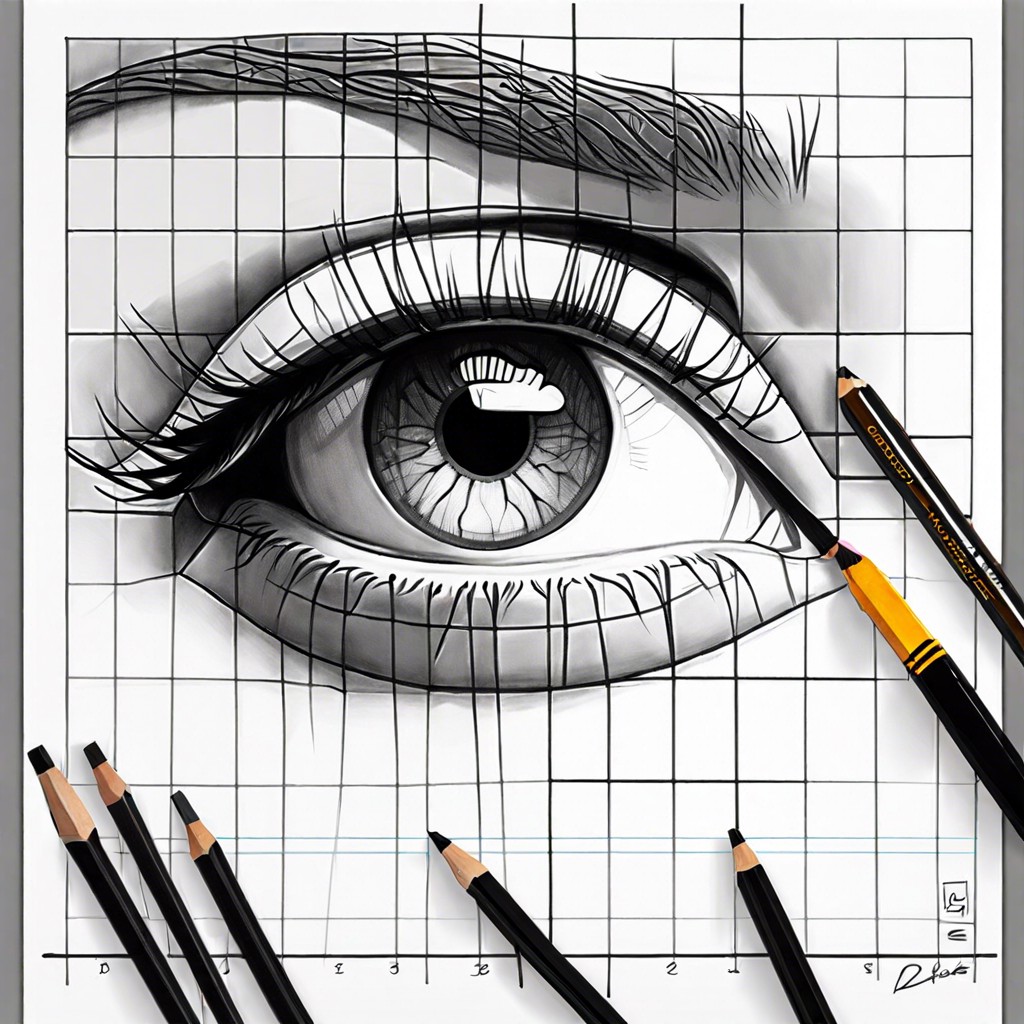
Breaking down the eye into smaller sections for accurate sizing.
Focus On Detailing the Iris Patterns

Dive into perfecting the intricate details of iris patterns to make your realistic eye drawings stand out.
Observe Light Reflections in the Eye

Understanding how light reflections naturally interact with the eye adds depth and realism to your drawing.
Experiment With Colored Pencils for Iris Detail
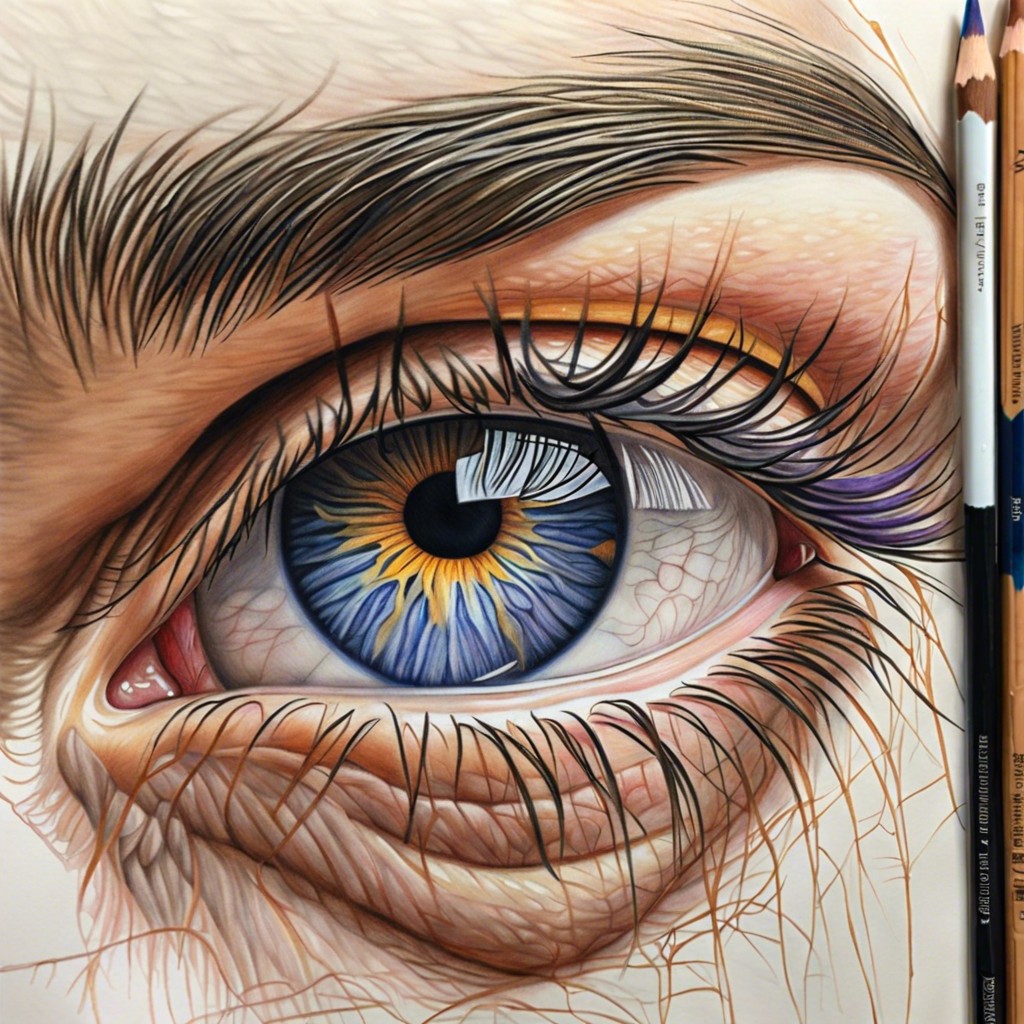
Incorporate colored pencils to add intricate details to the iris, enhancing the realism of your eye drawings.
Draw the Eye From Different Angles

Understanding how to draw the eye from various perspectives adds depth and realism to your artwork.
Practice Sketching Eyelids and Lashes
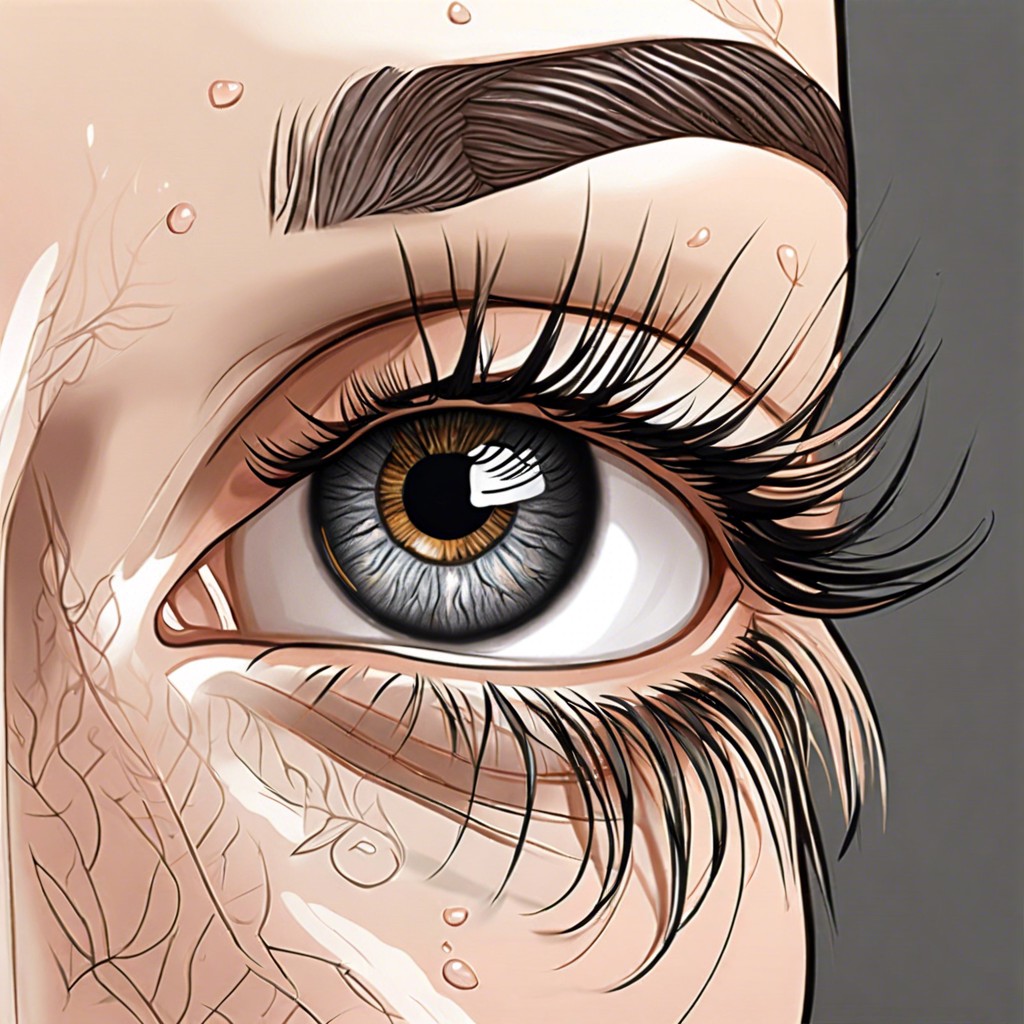
Sketching eyelids and lashes adds depth and dimension to the realistic eye drawing, enhancing the overall lifelike appearance.
Use Blending Tools for Smooth Transitions

Blending tools help achieve seamless color transitions in your realistic eye drawings, adding depth and realism to your artwork.
Highlight Tear Ducts Realistically
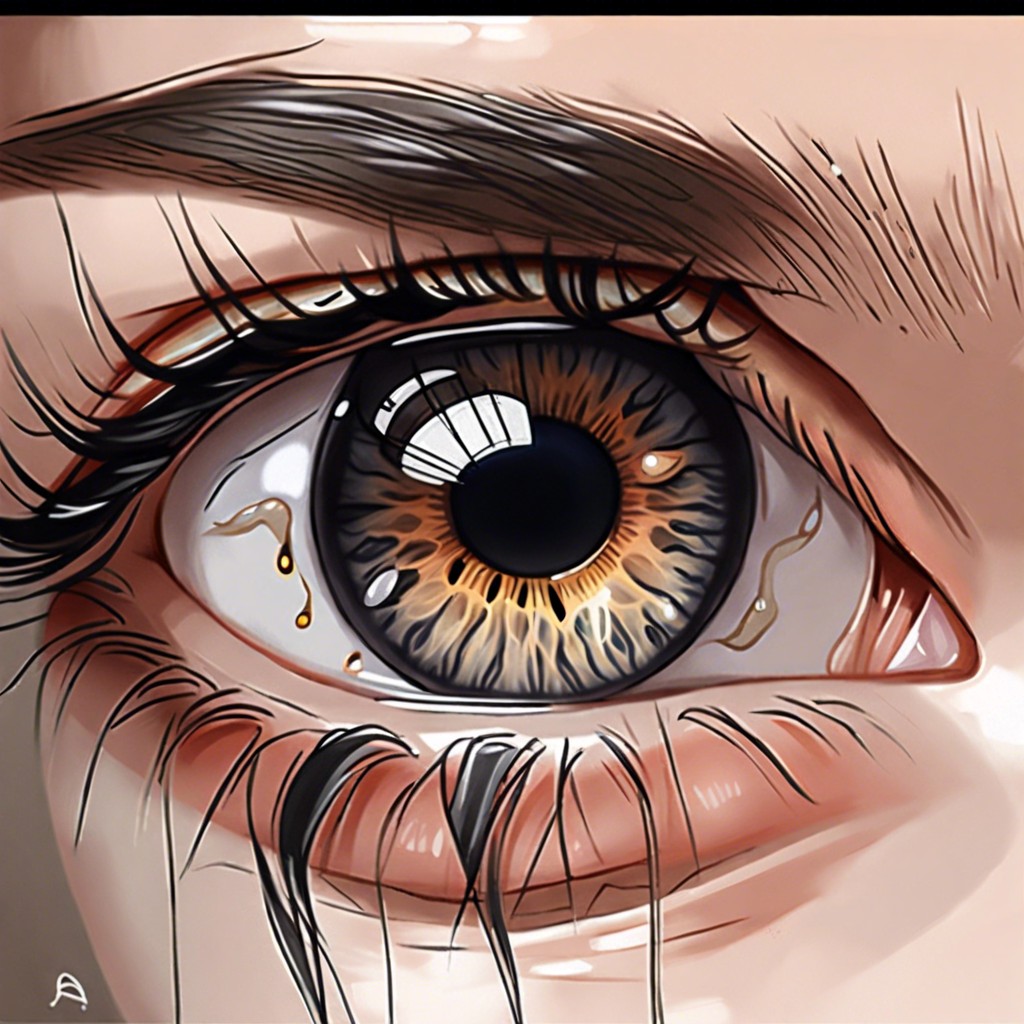
Highlighting tear ducts realistically adds depth and emotion to the eye drawing, enhancing its lifelike appearance.
Pay Attention to Skin Texture Around the Eye

Consider the skin texture around the eye to add depth and realism to your drawing.
Use Reference Videos of Blinking Eyes
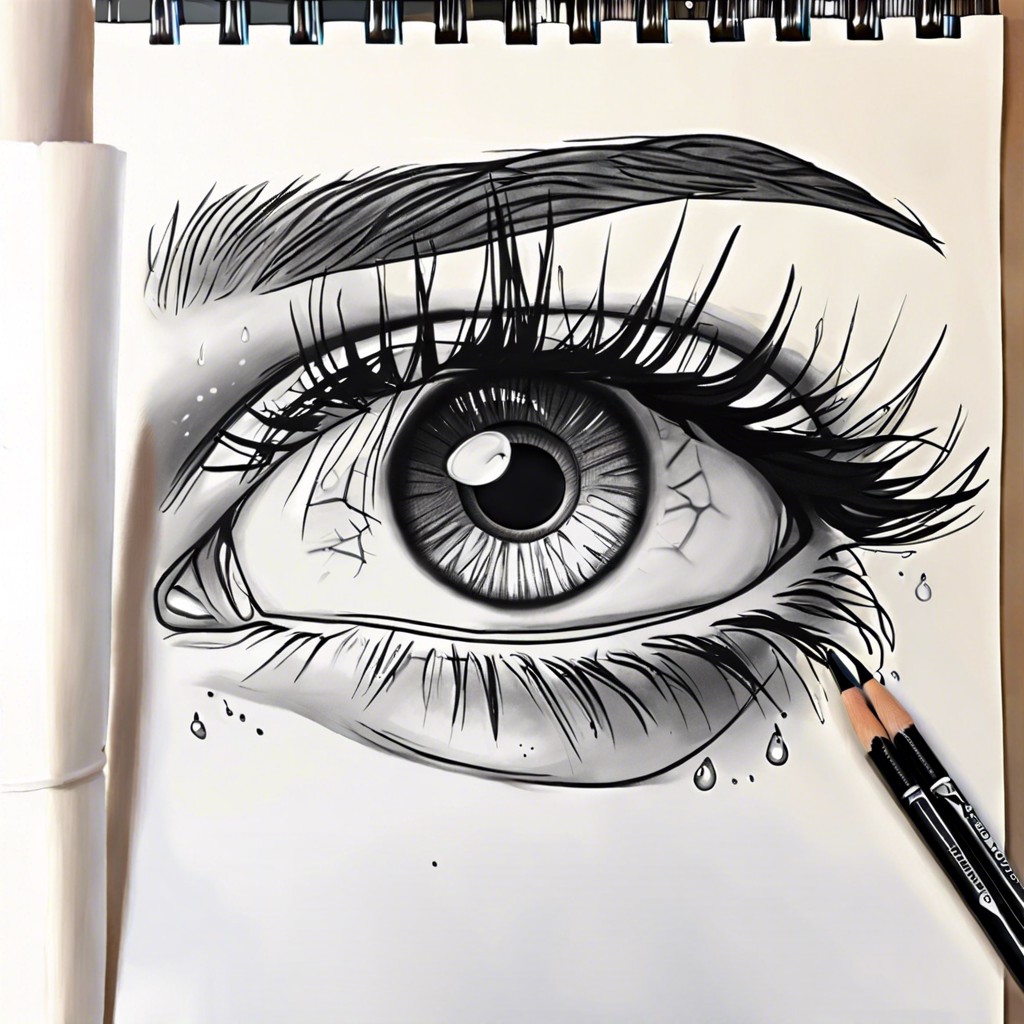
Observing how eyes blink in videos can help you understand the natural movement for a more realistic drawing.
Practice Drawing Wet Eyes
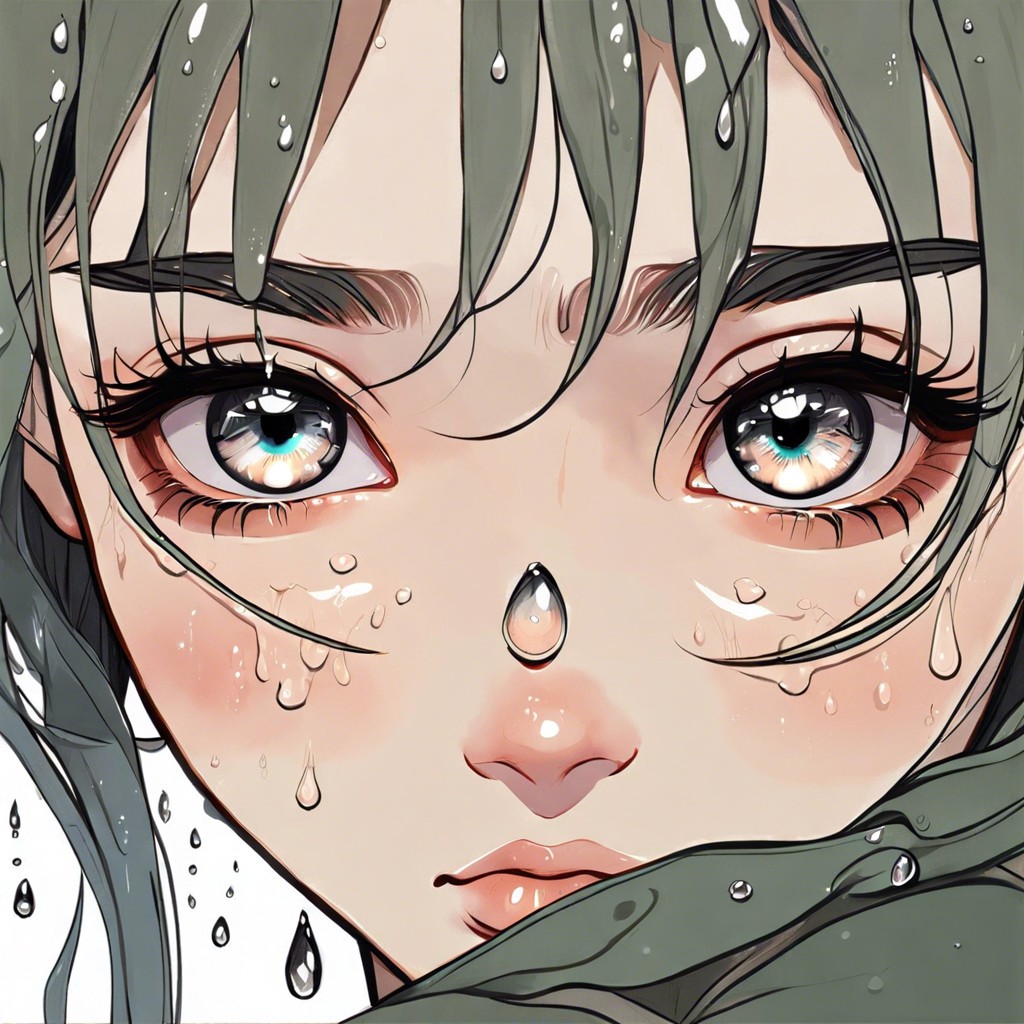
Adding watery effects to eyes can enhance realism and emotion in your drawings, creating depth and authenticity in your artwork.
Create Studies of Eye Expressions
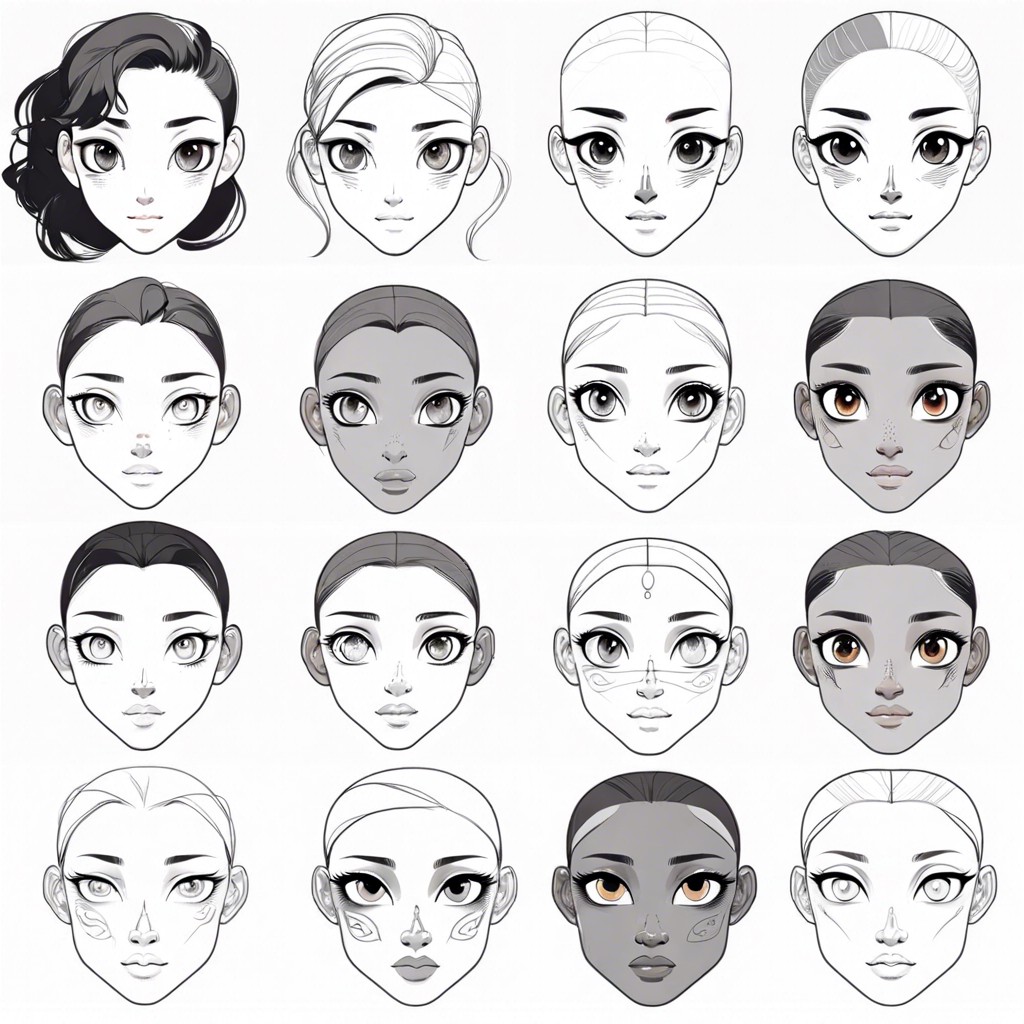
By creating studies of eye expressions, you can capture a wide range of emotions and add depth to your realistic eye drawings.
Observe Eyes in Different Lighting Conditions
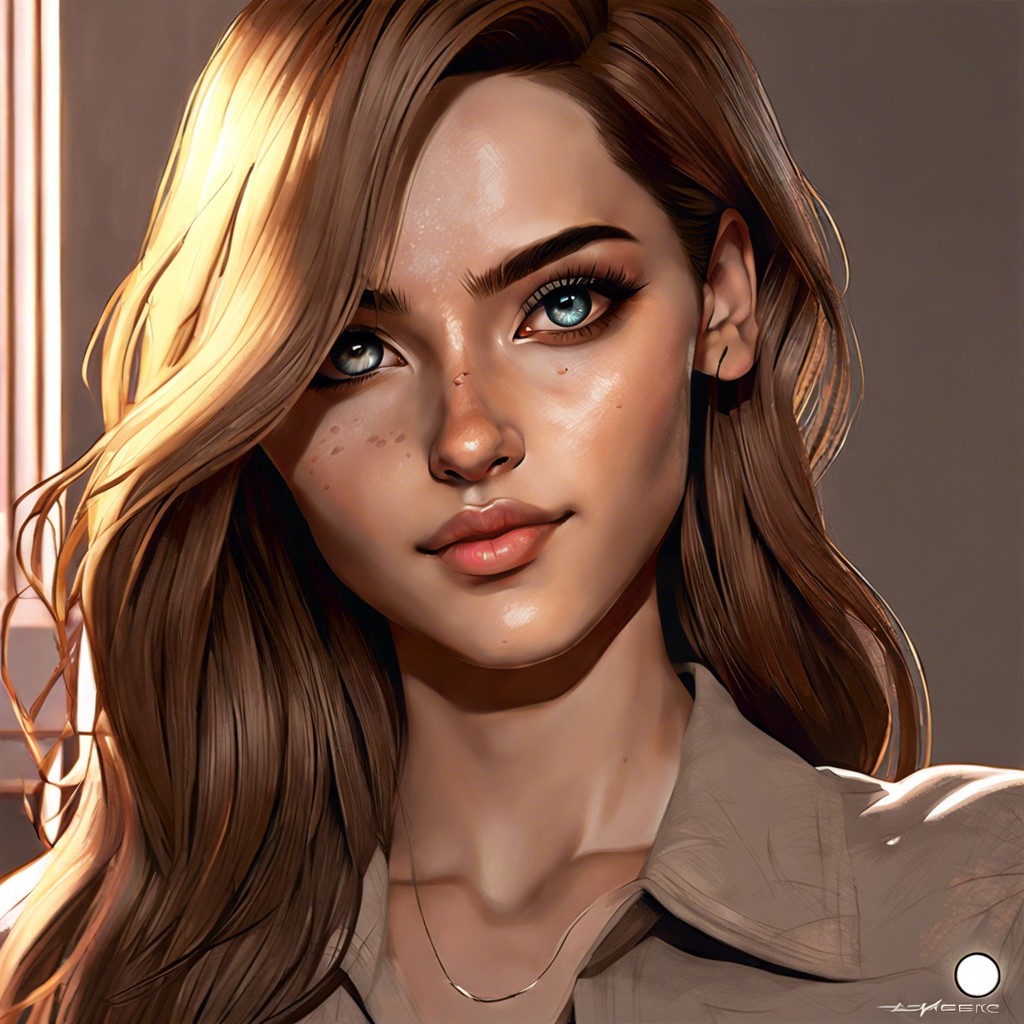
Understanding how eyes appear in varied lighting helps to capture depth and realism in your drawings.
Zoom in On Digital Images for Tiny Details

By zooming in on digital images, you can capture intricate details like individual eyelashes and subtle skin textures, enhancing the realism of your eye drawings.
Apply Watercolor Techniques for Softness
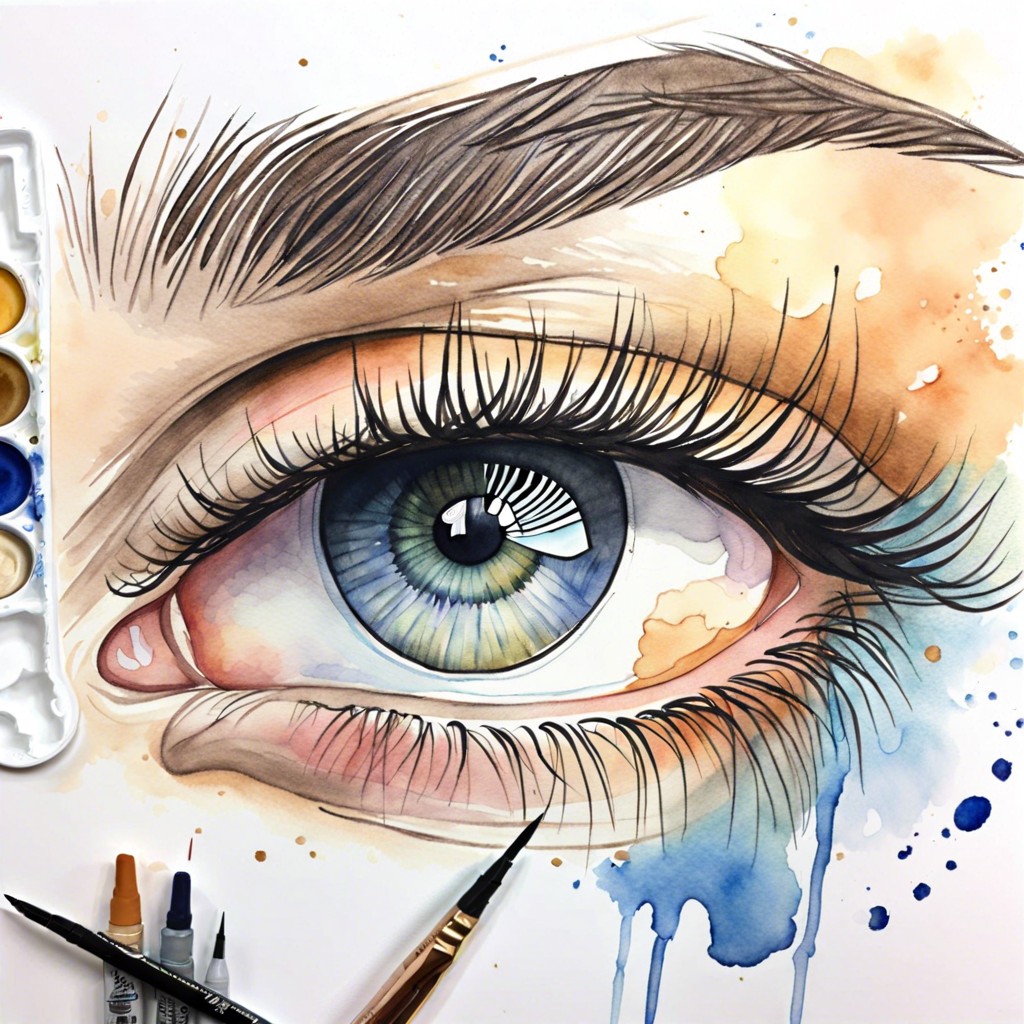
Adding watercolor techniques to your realistic eye drawings can bring a soft and ethereal look to your artwork, enhancing the subtle details and creating a unique visual appeal.
Focus On the Eyebrow’s Impact On Expressions

The eyebrow plays a crucial role in conveying various emotions in a realistic eye drawing, impacting the overall expression of the eye.
